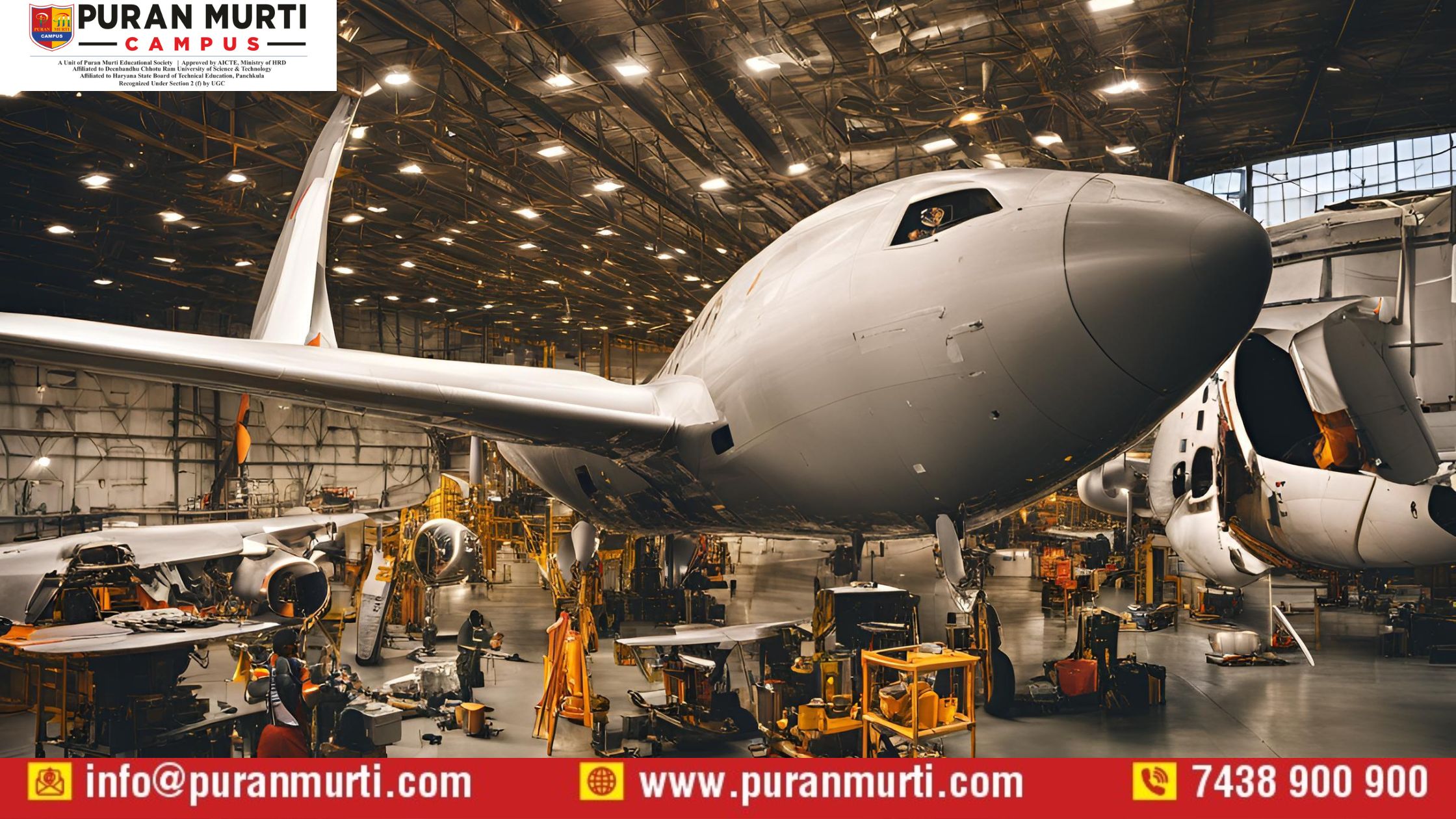
The Indian aircraft maintenance, repair and overhaul (MRO) industry is expected to see a 50 percent topline growth to Rs 4,500 crore in FY26 amid fresh demand triggered by airline operators expanding fleet size, ratings agency Crisill said on Monday. It, in turn also from a rating agency study with three MRO operators who fetch close to 90 per cent industry revenue indicated this reduction in the GST of Aircraft components and service not only more positions the players in domestic to be at some competitive level regarding their overseas counterplayers but simultaneously opens up blockage in their work capital.
Indian MRO players generally provide three types of services - line checks, carried out before every takeoff; airframe checks, carried out every 12-18 months, which require grounding of aircraft for 3-4 weeks; and redelivery checks at the time of expiry of lease period of 6-7 years.
Revenue of the domestic aircraft maintenance, repair and overhaul industry will exceed Rs 4,500 crore in fiscal 2026, growing at a healthy 50 percent from fiscal 2024. The scale expansion will improve profitability margins which combined with range-bound debt levels should enhance debt protection metrics and strengthen credit profiles, Crisil Ratings said.
The agency said that the domestic operator fleet is expected to grow by 20-25 percent by next year and this would be helped by new aircraft getting added and grounded aircraft, post their engine-related issues, resuming operations.
Besides, the reduction in Goods and Services Tax (GST) on aircraft components and services has placed domestic MROs in a more competitive position vis-à-vis their overseas counterparts, while also easing their working-capital blockage.
It, along with improving the profitability of players, would lead MRO players to relish an improved credit profile in the medium term, it added.
While line and airframe checks are strongly correlated with aircraft fleet size, redelivery checks are likely to grow multi-fold next fiscal (up to 10 times over fiscal 2024 levels). This will be driven by the reduction in GST input tax to 5 percent on all aircraft components, which may lower the component-related expenditure and place Indian MROs on par with their Asian competitors. Their intrinsic cost advantages will further help Indian MROs gain market share, said Shounak Chakravarty, Director, Crisil Ratings.
Ratings agency said that only around 14 percent of the total MRO spends by Indian carriers in fiscal 2024 was carried out by Indian MROs, mainly because high-value, heavy maintenance checks, such as engine checks and component overhauls (every 20-24 months), are usually contracted to overseas players due to capacity constraints and higher turnaround times of Indian MROs.
Besides demand tailwinds, Indian MROs are also building on their service repertoire that would increase their share to nearly 20 percent in the next fiscal.
The share would have been much higher but for the efforts being undertaken in ramping up of capacities in hangars, local ecosystem for aviation spare parts, and upscaling of manpower, which would deliver dividends only over the medium term, Crisil Ratings said.
With the ever-increasing scale of operations and increasing share of the higher-margin redelivery segment, profitability will improve as well to around 20 percent by fiscal 2026. This along with correction of inverted duty structure (and thereby reducing accumulation of input tax credit) will boost cash flows for the MRO service providers, it said.
We expect, the working capital cycle to improve by 20–25 days and hence overall debt levels will remain range-bound even as MRO players invest in expanding their service offerings. Consequently, the interest coverage ratio will improve to 3-3.3 times next fiscal, from 2.7 times in fiscal 2024, thus improving credit profiles, said Pallavi Singh, Associate Director, Crisil Ratings.